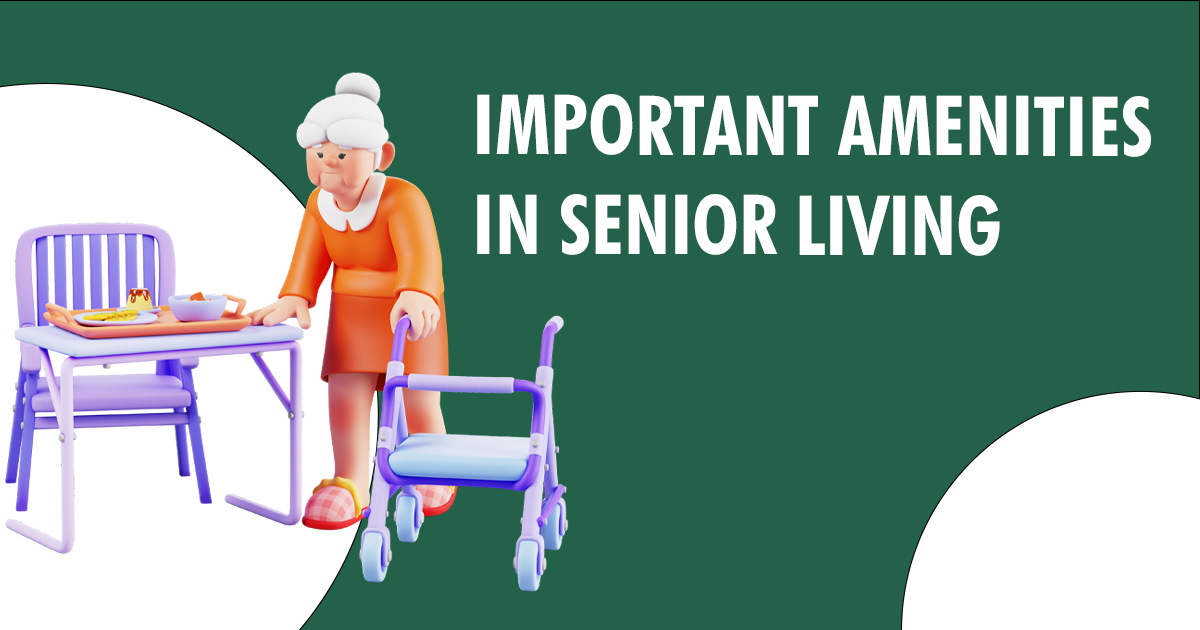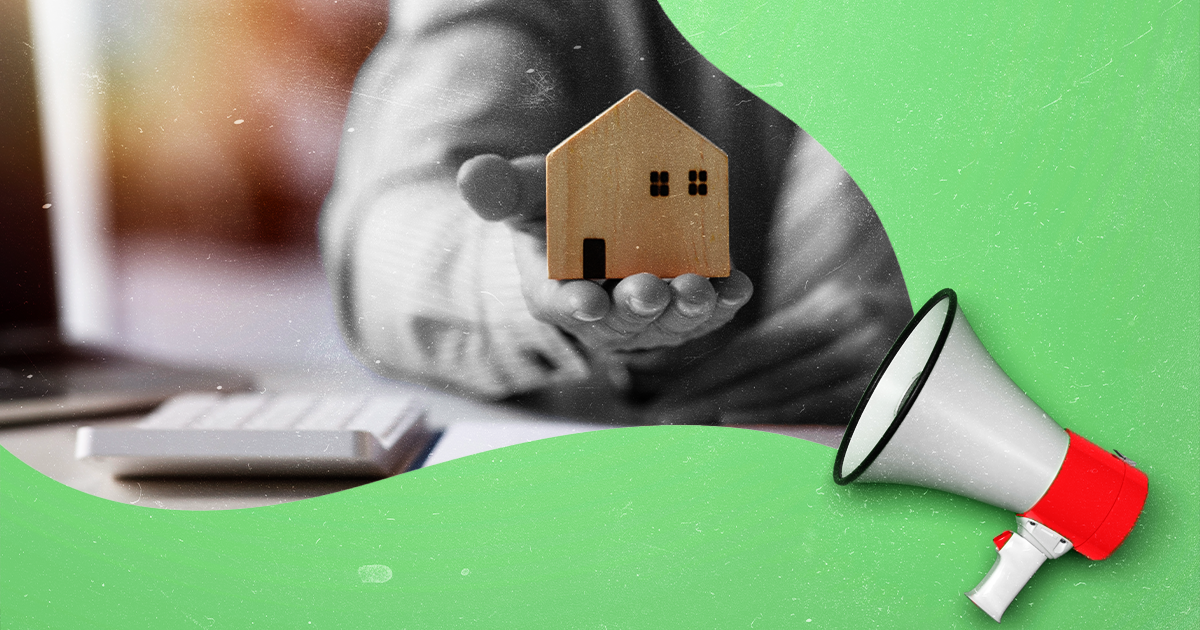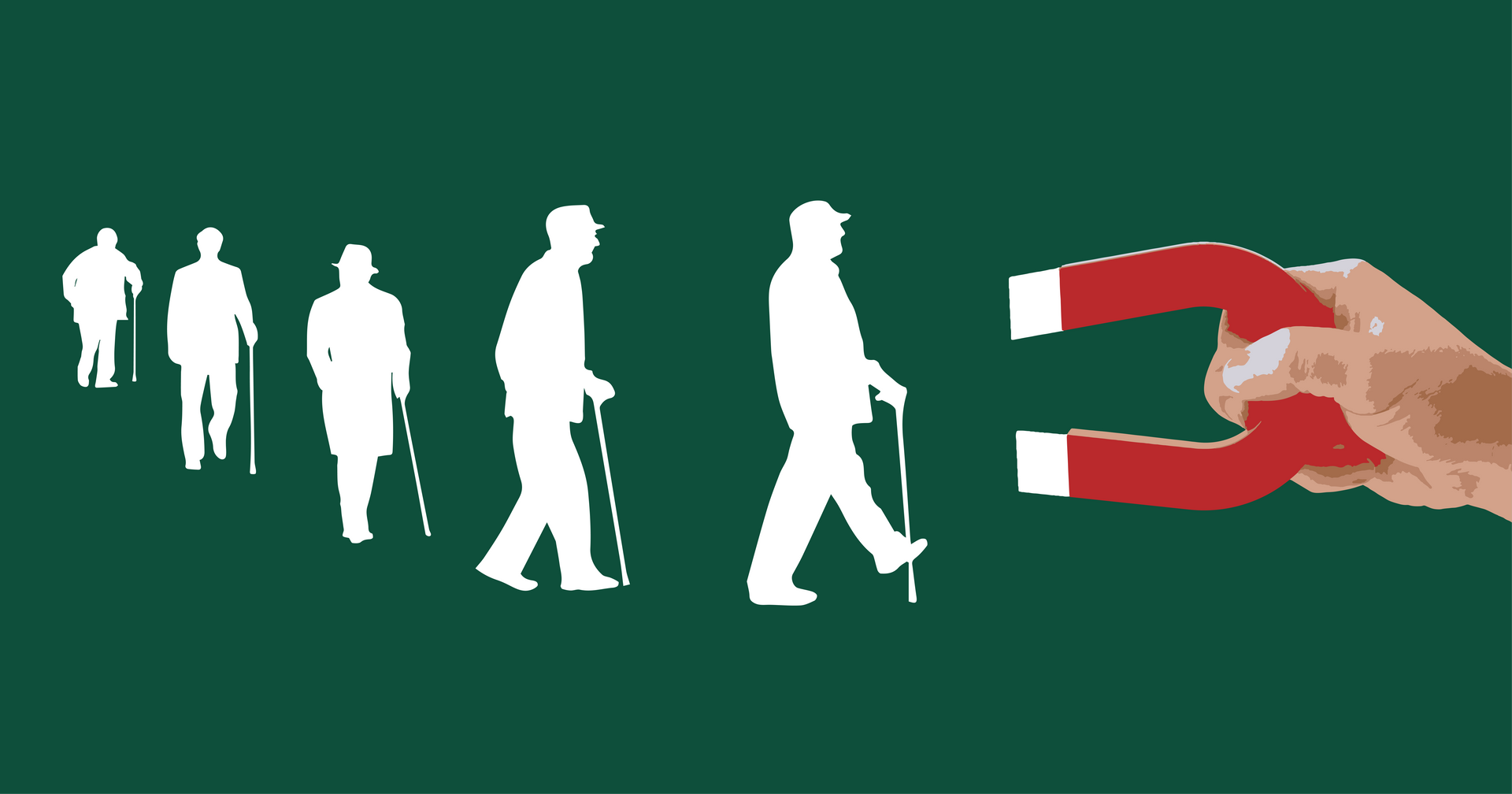Important Amenities in Senior Living

Comfort, choice, and evidence-based design you can feel each week. Informational only. Not medical advice.
Many magazines and newspapers warn about a "silver tsunami," which means lots of older people need senior living. But most older adults want to stay in their own homes as they get older, unless senior living communities offer unique benefits like social activities and learning opportunities. To understand where the industry is heading, we need to look at current development and design trends.
Senior residents have dedicated their lives to work, and now, they aspire to savor life without the burdens of homeownership and property upkeep. While senior housing amenities should support independent living, they should also extend beyond fulfilling basic needs. Yet, typical apartment amenities may not capture their attention. Therefore, your senior living community should offer amenities that prioritize comfort, convenience, and the freedom to choose.
By 2030, all baby boomers will have reached 65 years of age or older. A substantial portion of the 71 million boomers will be exploring the idea of transitioning to assisted living apartments. Hence, it's crucial to prepare for the upcoming surge of America's largest demographic moving from single-family homes to senior living communities. The aim is to create a property that entices as many of them as possible.
10 Crucial Comforts to be provided
Over time, younger generations are growing more educated, financially stable, and discerning when it comes to selecting senior care and retirement homes. This underscores the necessity for retirement homes to offer amenities tailored to their specific care requirements and a wide range of services designed to cater to seniors in various stages of their lives.
1. Cleaning and Laundry
Ease their burden by providing a dedicated linen and laundry service, not only alleviating this chore but also catering to residents with physical limitations. Throughout their lives, your residents have likely devoted countless hours to laundry duties, often for their entire families. In their golden years, the last thing they wish to do is fret over washing and folding clothes.
How to effectively implement linen and laundry services:
- Consider collaborating with a nearby laundromat for scheduled weekly laundry collections.
- Set up a modest on-site laundry area to cater to urgent requirements.
- Keep in mind that the choice of utilizing this service should be voluntary, as a substantial number of residents may still take pleasure in managing household tasks independently.
Outcome: conserve energy for activities residents enjoy.
Design: weekly linen pickup, labeled bins for memory support, same-day rush cart; fabric-care notes in unit.
Choice: opt-in weekly; easy
pause during travel.
2. Management Services
Providing the choice of housekeeping services serves as a valuable asset for both enticing new prospects and retaining existing residents. As residents age, the physical demands of cleaning and maintaining their living spaces can become increasingly burdensome.
By collaborating with a professional housekeeping service agency, you not only save your residents the hassle of seeking external cleaning assistance but also ensure the safety and security of your property. It's important to remember that services catering to essential daily living activities prove especially beneficial for residents as their capabilities evolve with age.
3. Medication Administration
Within your resident community, the spectrum of ages and needs varies. While some residents thrive independently, others require additional support from their senior living environment. To cater to those in need, consider implementing a medication management program.
Introducing medication management will provide several benefits:
Precision in Medication Dosages and Timings: Ensure that your residents receive their medications in the correct doses and at the designated times, promoting their well-being.
Enhanced Medical Communication: Facilitate crucial communication with your residents' healthcare providers, including the reporting of side effects and any worsening conditions.
Peace of Mind for Families: Offer reassurance to residents' families, letting them know that their loved one's medical requirements are under vigilant and caring oversight.
4. Technomedical Amenities
The modernization of senior living communities is increasingly integrating technology to enhance residents' quality of life and safety. Technological amenities extend beyond basic communication devices and offer a wide array of innovative solutions tailored to the needs of seniors.
a. Telehealth and Telemedicine Services: Senior living communities are implementing telehealth solutions that allow residents to remotely connect with healthcare providers for consultations, follow-ups, or routine check-ups. This technology is particularly beneficial for seniors with mobility issues or limited access to transportation.
b. Smart Home Features: Utilizing smart home technology enables seniors to control aspects of their living environment effortlessly. Automated lighting, thermostats, and door locks enhance convenience and safety. Furthermore, wearable devices or sensors can monitor vital signs and alert caregivers in the event of an emergency.
c. Communication and Connectivity: Dedicated portals or apps within senior living communities enable residents to stay connected with their families, access community information, and participate in virtual social activities. Tablets or computers with user-friendly interfaces are becoming essential tools for seniors to communicate and engage with others.
5. Physical Well-being and Fitness Programs
Physical activities are just as essential as mental engagement when it comes to maintaining the health and happiness of your senior residents. That's why it's imperative to allocate a dedicated fitness center to provide personalized exercise routines, group fitness classes, and one-on-one training sessions.
Furthermore, these group exercise sessions can serve as enjoyable social gatherings! Regularly schedule low-impact yoga and dance classes to promote physical activity while fostering social interactions among residents.
In addition to structured exercise, it's valuable to include outdoor amenities like walking trails or community gardens in your senior housing facilities. Encouraging physical activity without explicitly labeling it as "exercise" can motivate all residents to stay active and embrace a healthier lifestyle.
6. Social Engagement and Community Bonds
The fear of social isolation and the disruption of established social connections are common concerns among seniors when considering a move to an assisted living facility. Many have spent decades cultivating their social networks and are reluctant to relinquish those ties.
For instance, you can collaborate with local professionals to organize engaging activities such as cooking classes, craft nights, and community bingo. You can also bring in local talent, such as comedians and musicians, to inject fun and entertainment into your residents' calendars.
Just as crucial is ensuring that your residents' families remain involved. You can achieve this by hosting family-oriented events and inviting them into your community to witness firsthand the thriving lives of their loved ones. As a result, families are likely to recommend your property to their acquaintances and loved ones. They'll also be more willing to cooperate when their loved ones require additional assistance at your facility.
7. On-Demand Concierge Support
The unique needs of older residents often go beyond what standard maintenance workers can provide. These needs can range from simple tasks like reaching high shelves to more complex ones like assembling furniture.
To ensure that residents feel secure in their ability to live independently, it's essential to have an on-call concierge service. With an accessible concierge team, residents can request assistance for tasks of varying sizes, around the clock.
8. Recreational Spaces for Social Enjoyment
Your senior housing amenities should revolve around enhancing the overall quality of life for your residents. Many retirees hesitate to transition to assisted living primarily because they want to avoid boredom.
To address this concern, create recreational spaces equipped with entertainment options specifically tailored to the needs of senior residents. These spaces could include board games, a billiards table, and a television. In essence, your game rooms should serve as communal areas where your tenants can socialize, build connections, and escape the confines of their individual units.
9. Emotional and Mental Well-being
The emotional and mental health of seniors is a priority in modern senior living communities. Apart from physical activities and social engagements, amenities catering to emotional well-being contribute significantly to a holistic living experience.
a. Counseling and Therapy Services: Many communities offer on-site counseling services or partnerships with mental health professionals. These services provide residents with access to therapy sessions, support groups, or individual counseling to address emotional concerns and mental health needs.
b. Mindfulness and Relaxation Spaces: Creating serene areas within the community for meditation, mindfulness exercises, or relaxation sessions can be immensely beneficial for seniors. These spaces, equipped with comfortable seating, soothing ambiance, and possibly even guided meditation sessions, offer residents a place to unwind and find inner peace.
c. Art and Creative Therapy Programs: Engaging in art, music, or creative programs has proven therapeutic benefits for seniors. Providing spaces equipped for artistic activities, hosting art workshops, music therapy sessions, or creative writing classes, fosters self-expression, reduces stress, and enhances emotional well-being among residents.
10. Senior-Specific Environment
Environments that are purposefully crafted for seniors play a vital role in enabling residents to maintain their independence and active lifestyles. With the natural progression of age, cognitive and physical abilities evolve, and so does one's interaction with the physical surroundings. As environmental challenges become more apparent, such as locating a restroom, navigating lengthy hallways, opening cabinets, or managing heavy doors, it becomes increasingly important to create a space that minimizes these difficulties.
Senior Living Options and Continuum of Care
Senior living holds a broad spectrum of housing and care options catering to both active and frail seniors. The continuum of care consists of various levels, progressing from independent living on the far left, which is ideal for the most active and independent seniors, to assisted living and memory care, providing more extensive care support. Finally, skilled nursing, situated at the far end of the continuum, offers the most comprehensive services.
All these senior living options, including independent living, assisted living, memory care, and skilled nursing, strive to enhance residents' quality of life through dining, social engagement, and various activity amenities. Continuing care retirement communities (CCRCs), which are now also referred to as "life plan communities," encompass all these levels of housing and care. The industry commonly uses both names interchangeably for such communities.
While many older adults prefer to age in the comfort of their own homes, others find the appeal of social interactions, safety, and security in senior living communities. Some opt for downsizing, while others require specialized care provided by assisted living, memory care, or skilled nursing facilities. Although the general senior population includes individuals aged 65 and older, it's important to note that seniors typically don't transition into independent living until they reach the age of 78 or older, and for assisted living, it's typically at age 83 or older. Many older adults delay the move to senior living until a significant life-altering event, such as a fall, a change in their ability to self-care, or the diagnosis of an illness.
Conclusion
The landscape of senior living is evolving rapidly, driven by the diverse needs and preferences of an aging population. As the "silver tsunami" approaches with the aging of the baby boomer generation, the demand for senior living communities is set to surge. However, to meet the expectations of discerning seniors, these communities need to offer more than just basic amenities.
The future of senior living lies in providing tailored experiences that prioritize comfort, convenience, and choice. From innovative technological solutions to personalized care services, senior living communities must adapt to meet the evolving needs of their residents. Whether it promotes social connections, physical well-being, or emotional health, the amenities provided should aim to enhance the overall quality of life for seniors.
By understanding and bringing current development and design trends, senior living communities can position themselves as vibrant hubs of activity and fulfillment. Through thoughtful planning and adaptable management, these communities can paint a path to greater contentment for the beloved seniors they serve. As we navigate the journey ahead, let us continue to innovate and create environments that empower seniors to live life to the fullest, embracing each day with joy and purpose.




